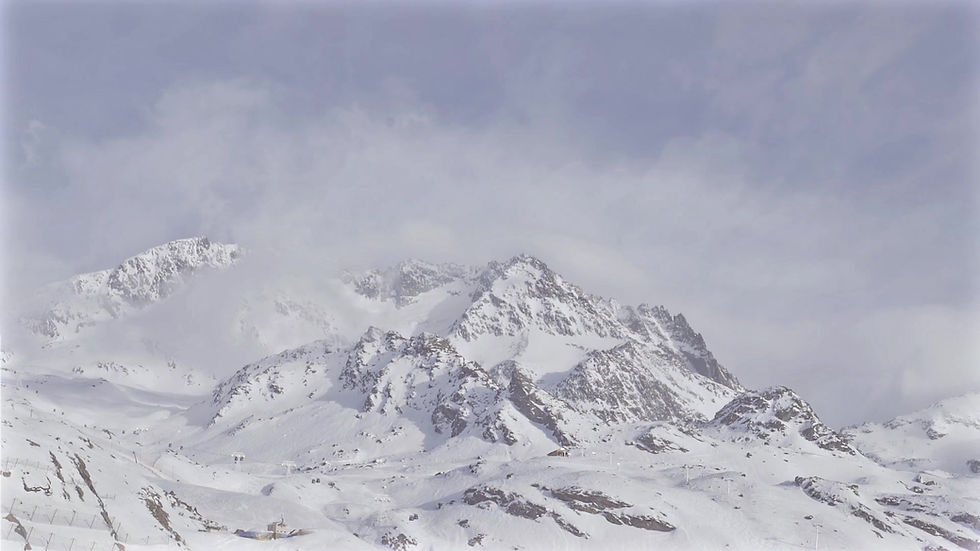
What to Wear for Splitboarding?
Good clothing is not just about style – it’s the key to comfort and safety in the mountains.
Layering allows you to adapt to changing conditions.
Check out this practical guide to learn what to wear and what to bring on your splitboarding trip.
The First Golden Rule:
Dress in layers and start your ascent lightly dressed. Keep extra layers packed for breaks and the descent. There’s no point in overheating at the beginning!

What Layers Are We Talking About?
1. Base Layer (Thermal) – Moisture Management
Recommended materials:
-
Merino wool (warmer, odor-resistant)
-
Synthetics (dries faster)
Tip:
Avoid cotton – it absorbs moisture and cools your body down.


2. Mid Layer (Insulation) – Heat Retention
Recommended materials:
-
Fleece (good warmth-to-weight ratio)
-
Light down jacket (best insulation but less breathable)
Tip:
On colder days, bring a lightweight down or Primaloft jacket.
3. Outer Layer (Protection from Wind and Snow)
Recommended materials:
-
Gore-Tex / Dermizax / Futurelight membrane (waterproof and breathable)
Tip:
Choose pants with thigh vents for better temperature regulation.


4. Essential Accessories:
-
Gloves: Thin softshell gloves for the ascent, and thick insulated gloves for the descent
-
Hat / Buff:: Merino wool or synthetic for warmth and moisture-wicking
-
Sunglasses: Protection category 3-4 (+ a spare pair or goggles)
-
Goggles: Photochromic lenses or two pairs for different conditions
-
Socks:: High, wool, seamless socks for comfort and warmth
Tip:
Avoid cotton socks – they absorb moisture and can cause blisters.
Summary:
-
Layered clothing – adjust as needed during the tour.
-
Merino wool / synthetics – moisture-wicking properties.
-
Softshell/down for ascent, hardshell for descent – prevents overheating.
-
Good ventilation and lightweight gear – less sweat means more warmth.
